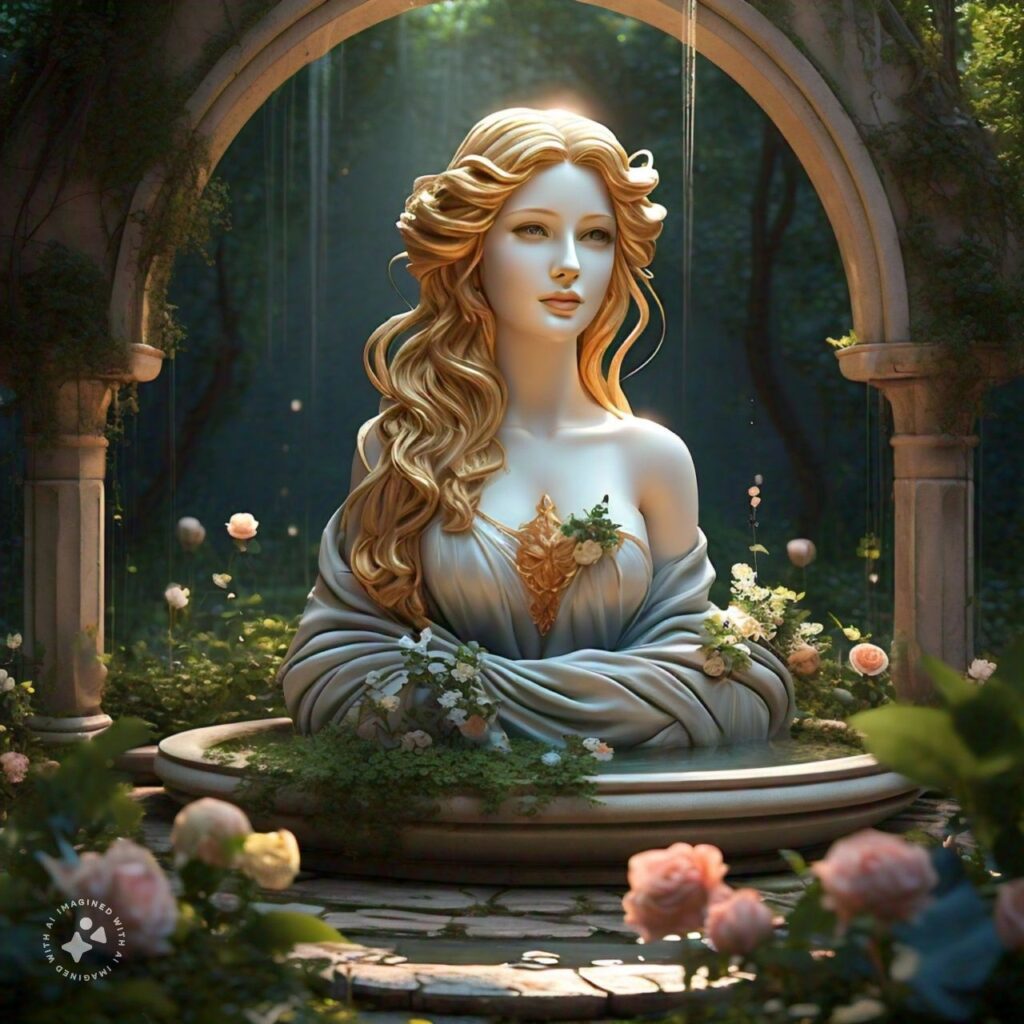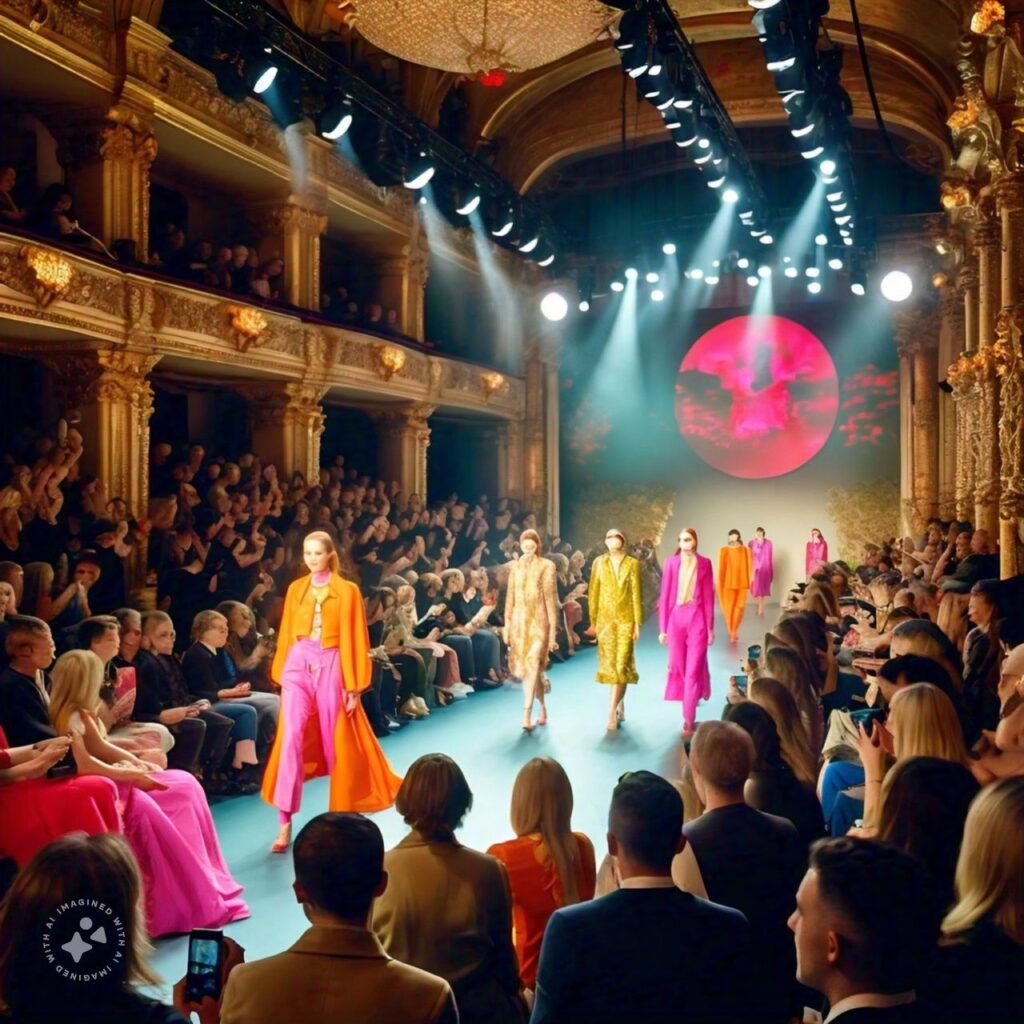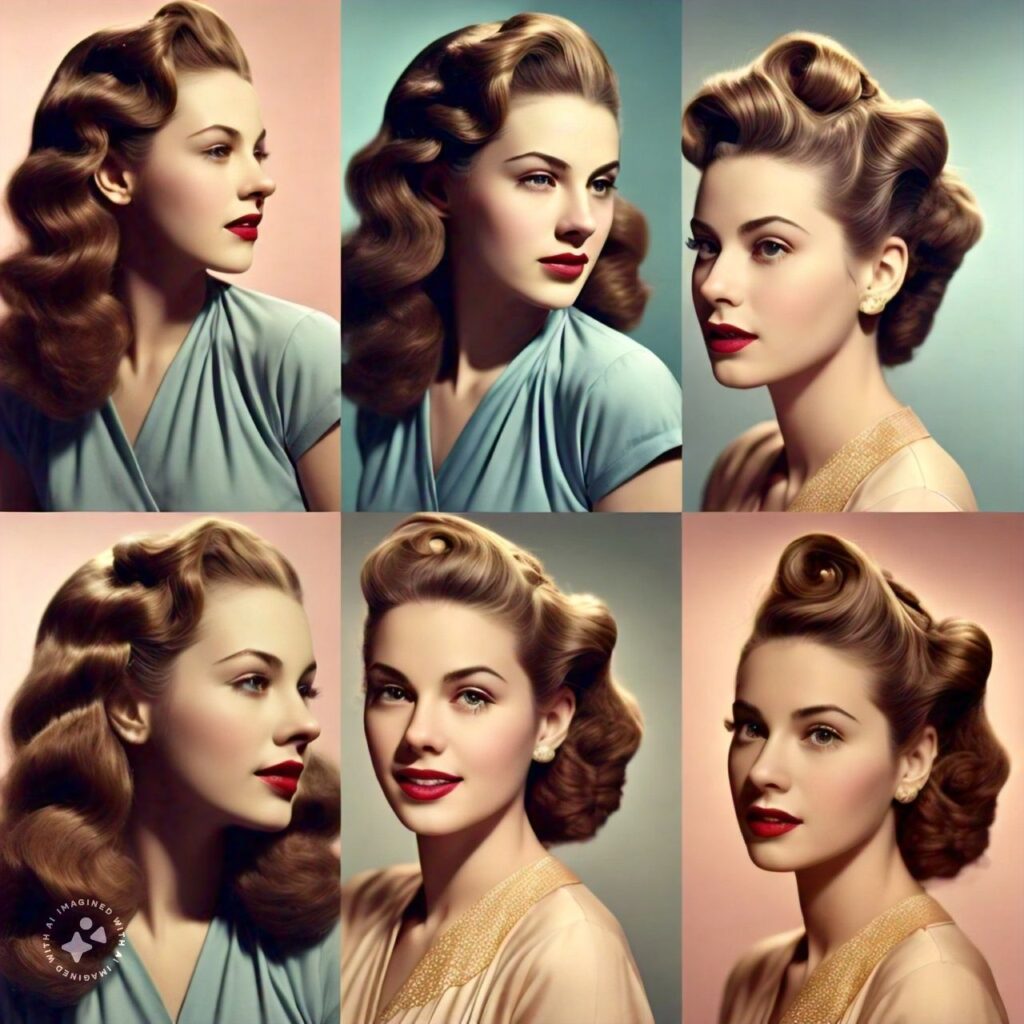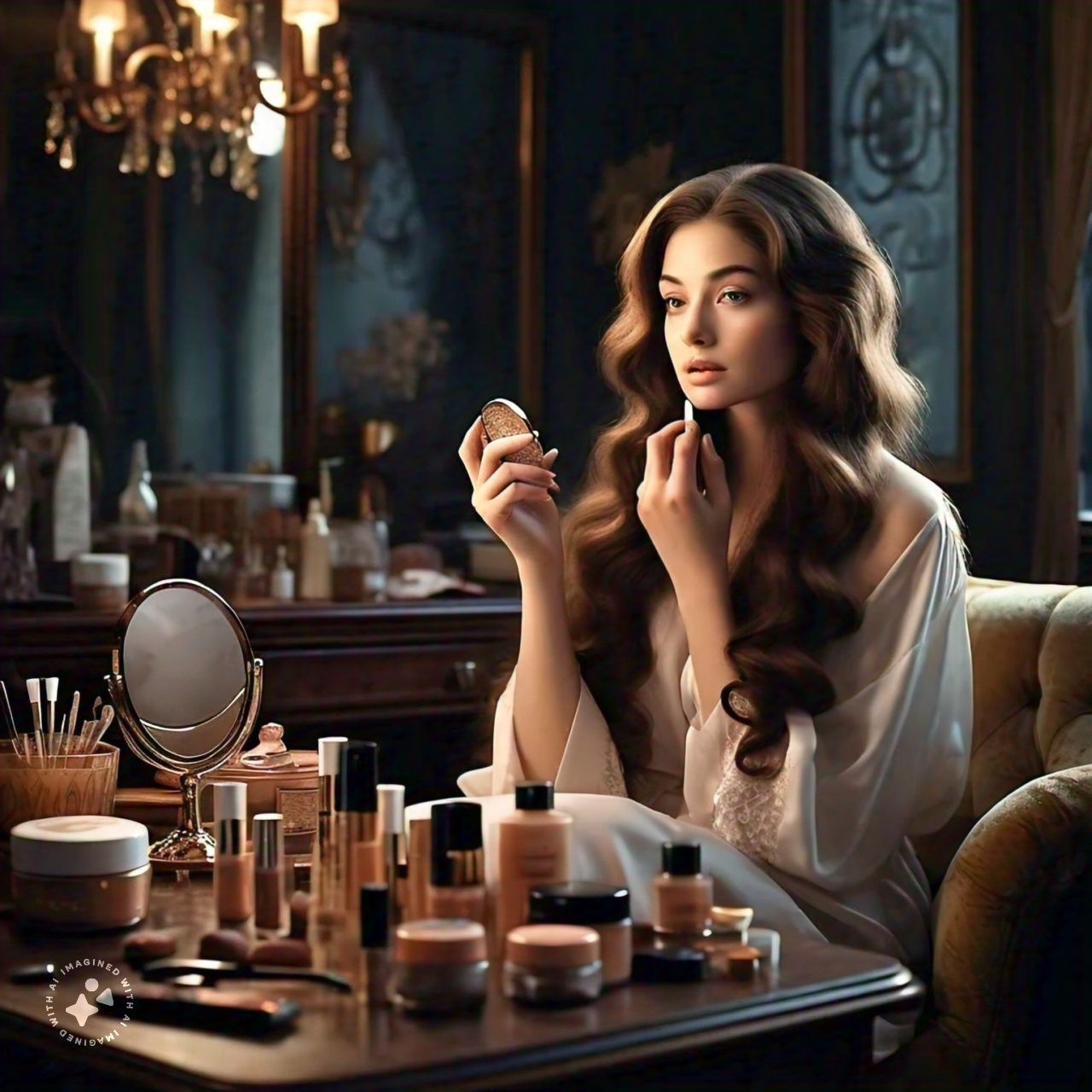The Evolution of Fashion: A Journey Through Time
Fashion is more than just clothing; it is a form of self-expression, a reflection of culture, and a constantly evolving art form. From ancient civilizations to modern runways, fashion has played a significant role in human history. Let’s journey through fashion’s evolution and explore its impact on society.

Ancient Fashion: The Beginnings of Style
In ancient times, fashion was closely tied to social status, religion, and practicality. In Egypt, linen was the fabric of choice due to its lightness and breathability, which made it ideal for the hot climate. The Greeks and Romans draped themselves in togas and tunics, emphasizing simplicity and elegance. Clothing was often adorned with intricate patterns and jewelry, symbolizing wealth and power.
The Middle Ages: Function and Form
During the Middle Ages, fashion was influenced by the feudal system and the Church. Clothing became more elaborate, with layers of garments and rich fabrics like silk and velvet. The nobility wore garments that displayed their social status, while peasants dressed in simpler, more practical clothing. Vibrant colors and embroidery became popular, adding a decorative element to functional attire.

The Renaissance: A Flourish of Creativity
The Renaissance period marked a significant shift in fashion. It was a time of artistic and cultural rebirth, and this was reflected in clothing. Garments became more tailored, and there was a focus on intricate details, such as ruffles, lace, and embroidery. The introduction of the corset and structured garments created new silhouettes, emphasizing the human form. Fashion became a symbol of individuality and creativity.
The 18th and 19th Centuries: The Rise of Haute Couture
The 18th and 19th centuries saw the emergence of haute couture and the fashion industry as we know it today. In France, designers like Charles Frederick Worth began creating custom-made clothing for wealthy clients, setting the foundation for high fashion. The Industrial Revolution brought advancements in textile production, making fashion more accessible to the masses. Fashion magazines and illustrations became popular, spreading trends and styles globally.
The 20th Century: A Century of Change
The 20th century was a period of rapid change and experimentation in fashion. The flapper dresses of the 1920s, the glamorous Hollywood styles of the 1930s and 1940s, and the rebellious youth culture of the 1960s and 1970s all left their mark on fashion history. Designers like Coco Chanel, Yves Saint Laurent, and Alexander McQueen pushed boundaries and redefined what fashion could be. The rise of ready-to-wear clothing made fashion more democratic, allowing people of all backgrounds to express themselves through their attire.

Contemporary Fashion: Diversity and Innovation
Today, fashion is a global phenomenon characterized by diversity and innovation. The digital age has transformed how we consume and engage with fashion. Social media platforms like Instagram and TikTok have given rise to influencers who shape trends and promote brands. Sustainable fashion has gained momentum, with designers and consumers alike prioritizing eco-friendly practices. Technology, such as 3D printing and smart textiles, is pushing the boundaries of what is possible in fashion design.
The Impact of Fashion on Society
Fashion is not just about clothing; it is a powerful cultural and economic force. It influences identity, social norms, and even politics. Fashion can challenge conventions, promote inclusivity, and drive change. It reflects the values and aspirations of society, making it a mirror of our times.

Conclusion
The evolution of fashion is a testament to human creativity and ingenuity. From the simple garments of ancient times to the cutting-edge designs of today, fashion continues to inspire and captivate. As we look to the future, one thing is certain: fashion will always be an integral part of our lives, shaping and reflecting who we are.
